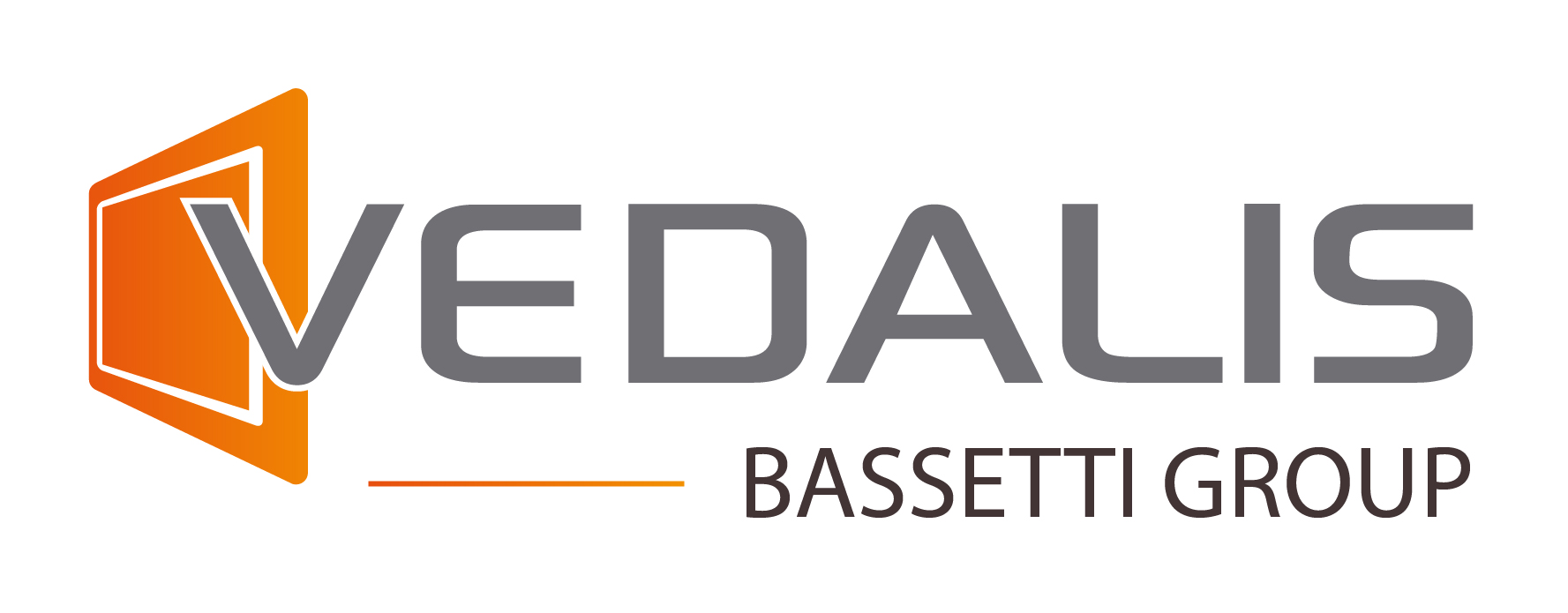
There are two approaches you can use to Knowledge Management: a supply-driven approach and a demand-driven approach, which works best? People are only really receptive to knowledge when they really need it. “Just in time” knowledge transfer is demand-driven: knowledge is transferred only when people need it and in response to an immediate request.
The advantages of “just-in-time” knowledge are as follows:
- Knowledge transfer works far more effectively through Pull (where people seek for knowledge when they need it) than Push (where people send out knowledge in the hope that someone might need it)
- Knowledge transferred in response to demand will be used immediately
- Just in time knowledge cuts waste out of the system, and removes knowledge that is transferred in the absence of any demand
The disadvantages of “just-in-time” knowledge are as follows:
- When we are most in need of a decision, we are least discerning about the quality of the knowledge we receive
- Just-in-time knowledge tends to draw on the tacit knowledge of communities of practice, which is biased by the unreliability of long term memory, and the “availability” bias (which gives undue weight to the recent and the memorable events)
- You may, therefore, pick up on what is new and what is different and what is current, and miss out on what is old and what is established
- Knowledge of infrequent use/activity becomes lost
As a matter of fact, the worst time to look for information is when we need it urgently to make a decision! When this happens, we’re more likely to see what’s unique and miss out on the historical context of a problem. We’re also more likely to be biased by what is most readily available. If we favor short-term memory over long-term written memory, we are entering the world of repeated errors. A world in which we forget the solutions tried by our predecessors and adopt the bright new ideas of new people who do not have the historical context. Unfortunately, this often leads to the reappearance of old problems!
Therefore, “Just in time” knowledge must be accompanied by “Just in case” knowledge. That is the knowledge that has been captured and shared in the form of lessons learned at the end of a job, “just in case” someone may need to reuse it. It is the classic “push” of knowledge.
The advantages of “just-in-case” knowledge are as follows:
- Just-in-case documented knowledge has shelf-life way beyond the limits of human memory, and well- captured knowledge can last for a very long time
- Documented knowledge in a knowledge store, if findable and well crafted, can be re-used by very many people
- Knowledge can grow and improve over time as new experiences and details are added. It can create a balanced record of organization learning
- Just-in-case knowledge can reach people who did not even know they needed it
- Knowledge of infrequent activity can be stored for when it is needed in future
The disadvantages of “just-in-case” knowledge are as follows:
- If Just-in-case knowledge is broadcast and shared at the time it is identified and documented, it adds noise into the system. This is knowledge which is being shared just in case someone needs it, and for everyone else, it is unnecessary noise
- Just-in-case knowledge, unless well crafted, does not necessarily answer the questions of the user
- Just-in-case knowledge can go out of date as circumstances change
These two approaches, therefore, have their advantages and disadvantages and both have their place in a knowledge management framework. In fact, organizations and communities of practice must seek to solve the immediate problems of knowledge workers while strengthening long-term organizational memory.
This means that it is necessary to both Connect and Collect – connecting people and collecting knowledge – in order to make decisions more reliable and to progress.
(Article/information from “Just in time” knowledge, or “just in case” knowledge? Which works best? by Nick Milton)



